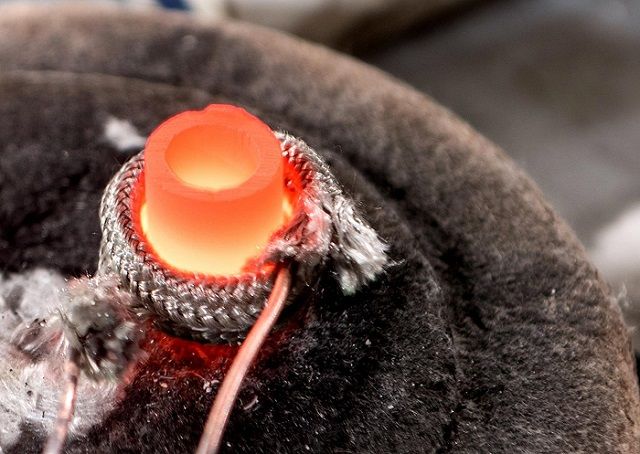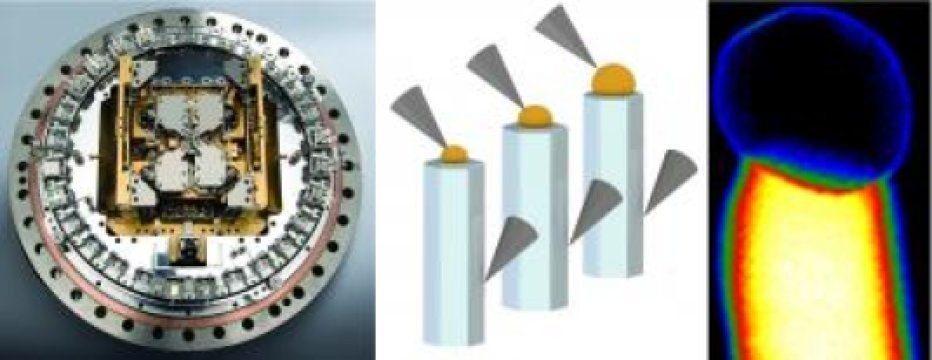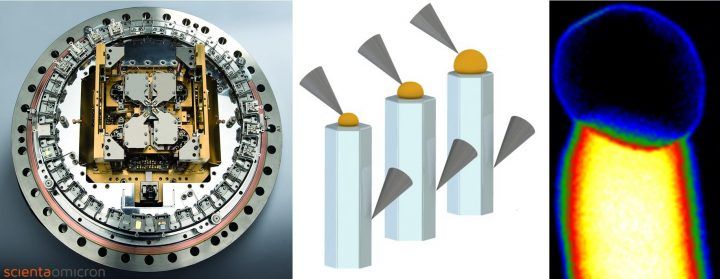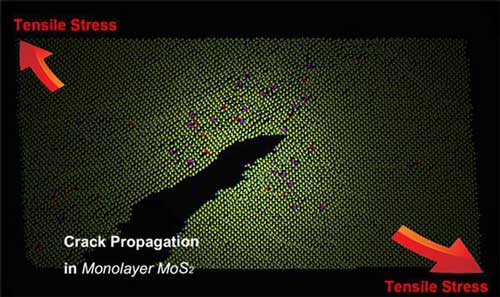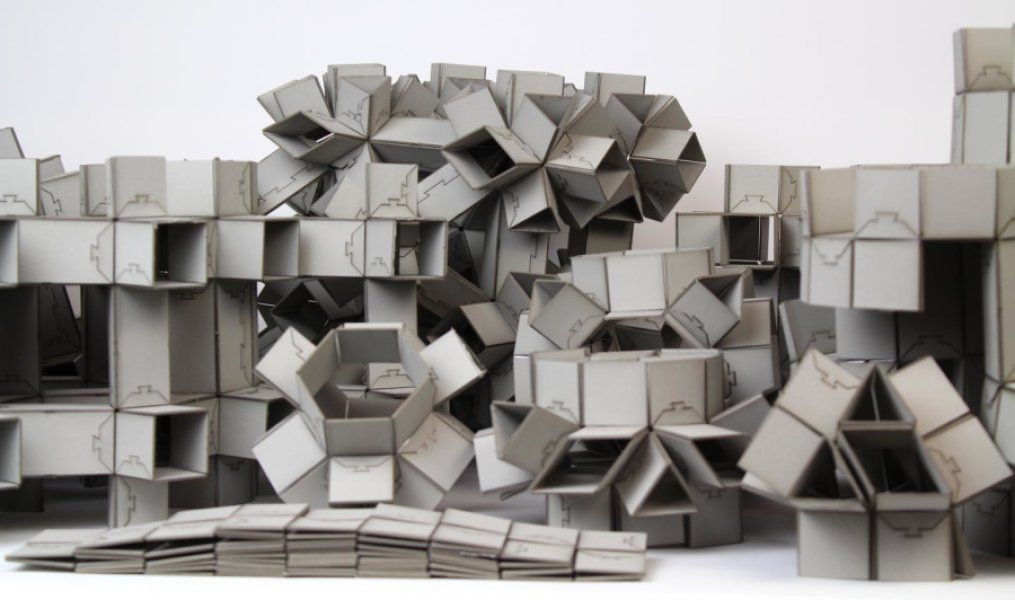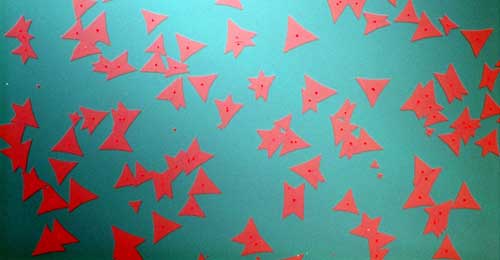Jan 20, 2017
By 2030, Hospitals May Be a Thing of the Past
Posted by Shane Hinshaw in categories: biotech/medical, genetics, health, nanotechnology, robotics/AI
In Brief:
- Predictions from the co-chair of the World Economic Forum’s Future Council, Melanie Walker, say we’ll soon enter a post-hospital world due to advances in personalized medicine, health monitoring, and nanotechnology.
- New and evolving technologies in medical science convince Walker we’ll live in a society not dependent on hospitals by 2030.
As the world of medicine is increasingly changed by biology, technology, communications, genetics, and robotics, predicting the outlook of the next few decades of medicine becomes harder. But that is exactly what Melanie Walker of the World Economic Forum does, and she predicts a bright new future for healthcare.

